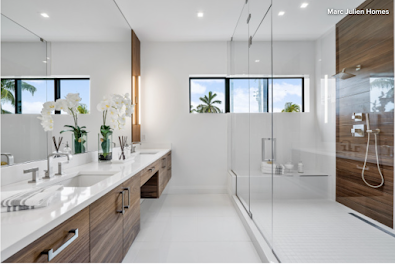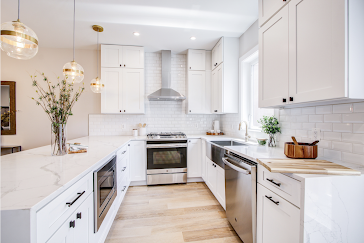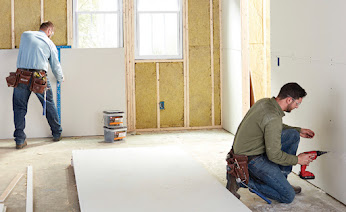It's Gardening Time Once Again, Let's Learn Some New Tricks This Gardening Season!
The first thing there is to know about gardening is that you should develop a good garden grow plan. This plan should include:
- What you plan to grow.
- The best time to plant the seeds you plan to grow.
- The type of soil you should use.
- How often to you should water the plants.
- The amount of sunlight that need daily.
Once you have figured all of this out, you can start to prepare for the setting up of your new garden, happy planting. Let’s start with getting materials, there are different types of soil for starting plant from the seed. Be sure to ensure that you are using the proper soil or seed will not germinate, and plants can lose nutrients as well. Also keep in mind that flowers, fruit and vegetables, and shrubs use a different type of replanting soil. Check seeds and make note of the estimated germination times, this is to determine if the seeds had germination within a reasonable time and are likely to grow. You should always try your best not to overwater your plants. Make sure you are growing your garden in a spot that has adequate sunlight.
Soil For Starting Seeds- The proper soil type for starting seeds. Soil for seeds can be combination of a few things such as; an organic compost, moisture retaining materials like tree bark, peer moss, etc. Be mindful that there is a difference between potting soil and a seed starting mix. Potting soil is a lot heavier and denser than the seed starting soil. Also, I’d like to add it's a good idea to soak seeds before planting. This can have a dramatic effect on your germination rate and overall success with gardening! Soaking seeds supplies your plants a jump start right at the beginning of their lives.
Proper Garden Watering- Overwatering new seedlings can have a detrimental effect on the success of your plant growth. It is a good practice to water the seeds once a day or every other day. You can water your seedling for the same amount of time each day, this should be about 10 minutes each watering. Sometimes you can easily engineer an automatic watering system. Maybe I will write a blog dedicated to building this, let me know in the comments below if this is something that would interest you. In hotter weather you should water more often, once in the morning or you can even do it twice a day. Temperature over 90 degrees can kill the plant inside the seed, however this is a rare case.
Transferring Plants To Ground- The best time for transplanting plants are in the Spring. This would give the roots of the plant to catch in the ground properly before the cold season comes in. Be sure to do regular watering of the plants when they are planted in the ground. Keep in mind the time of day that you choose to transplant your plants matters as well. Things to remember when transferring plants. Prepare the soil, place plants in a proper place to catch sunlight, ensure the ground is moist, check the roots to insure they can grow outward, After everything is all said and done your garden should be flourishing, and you should be expecting a harvest soon. Thank you for reading and your continued support, please feel free to comment below.




Comments
Post a Comment